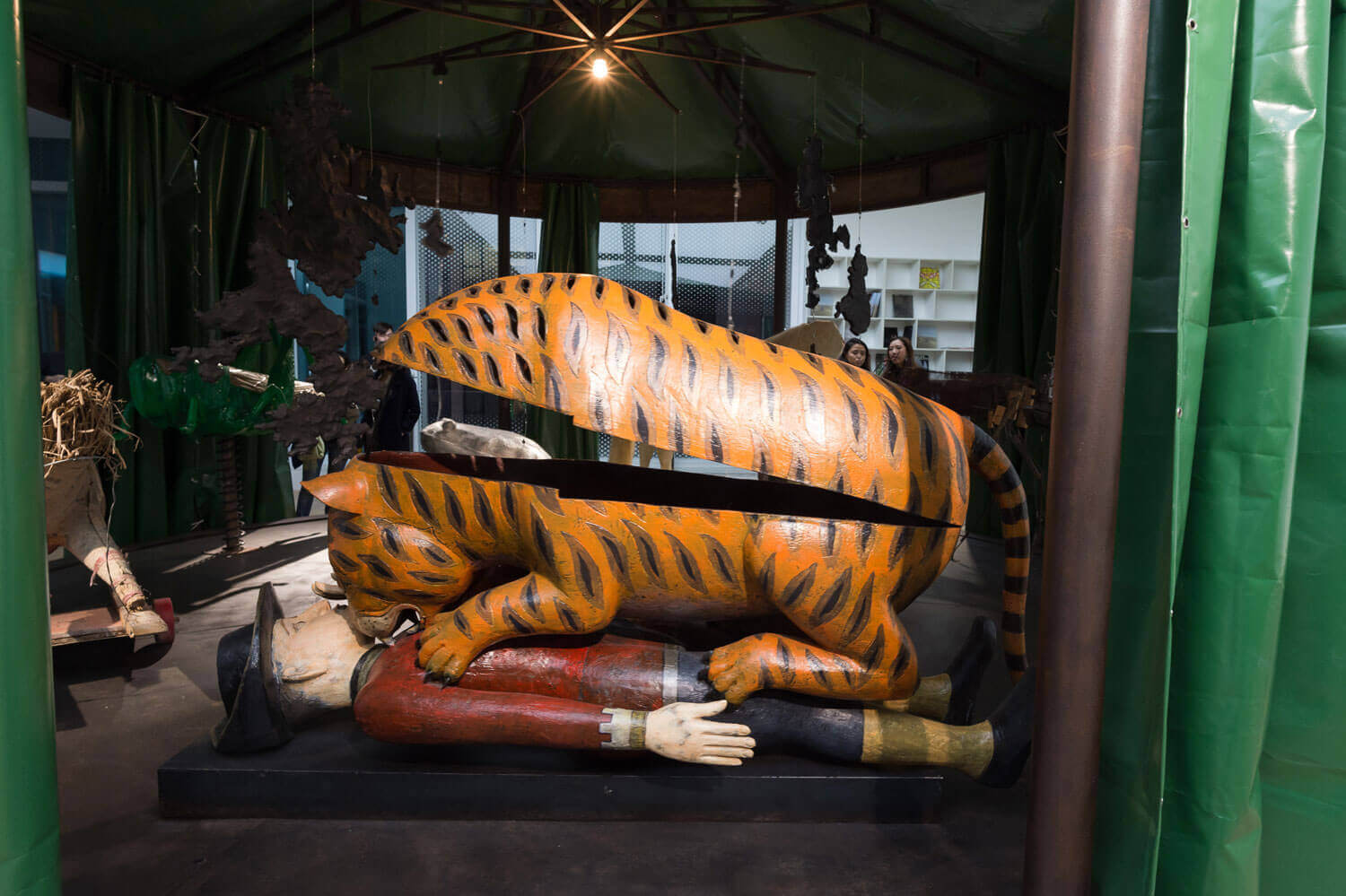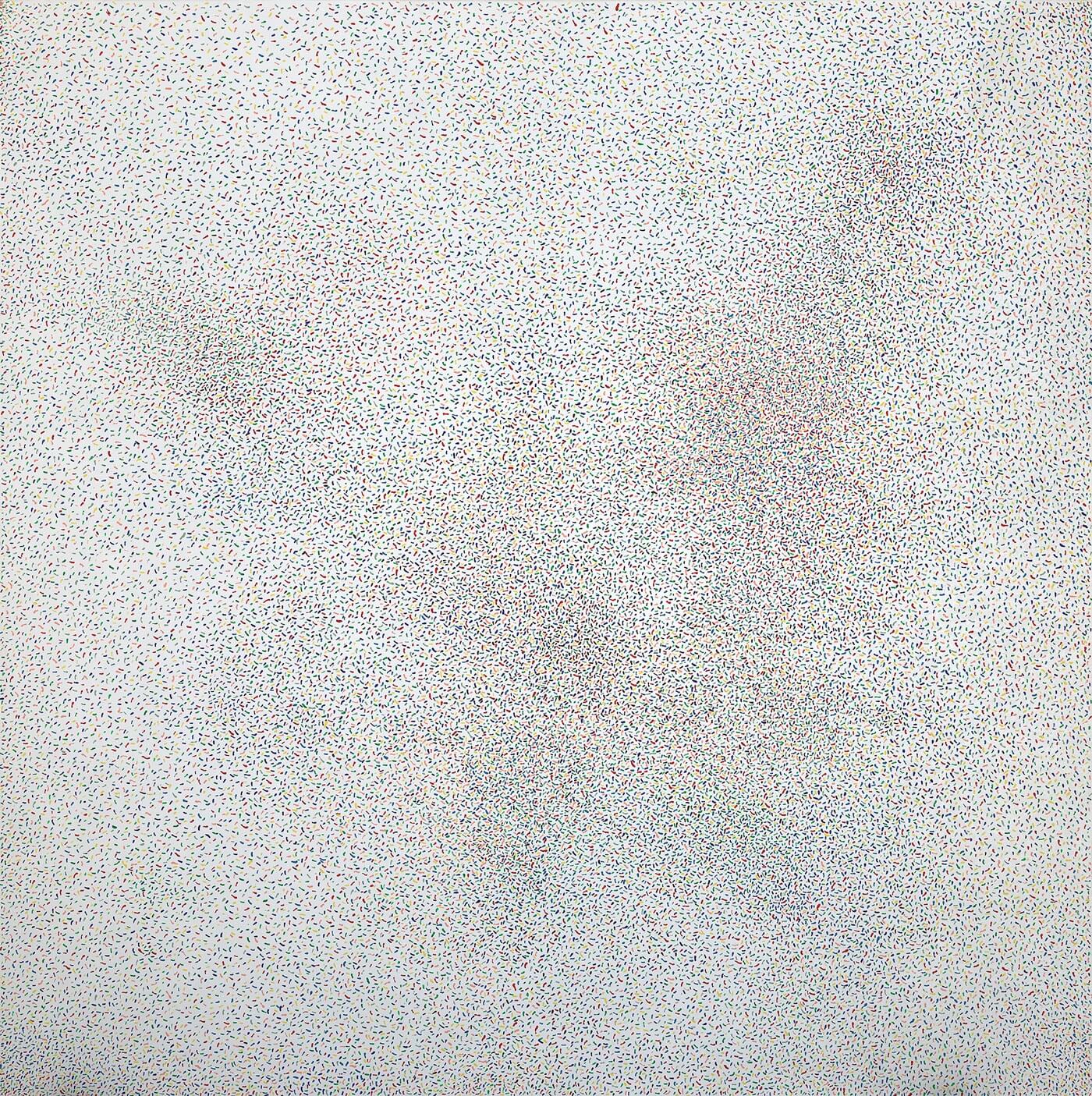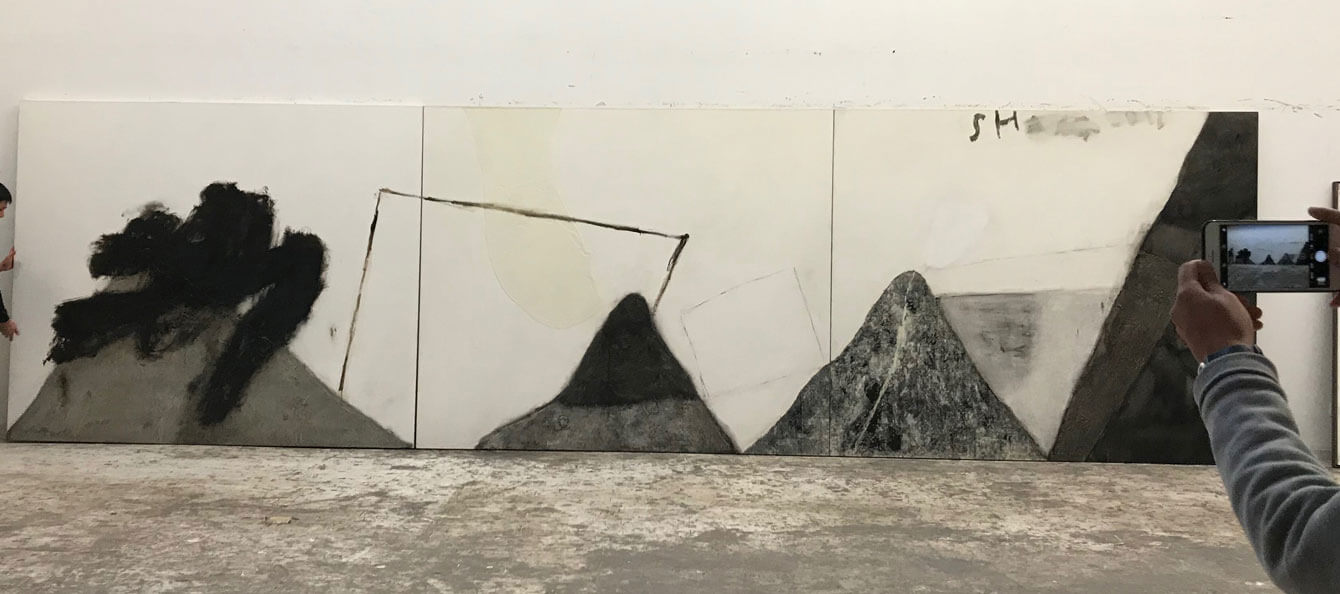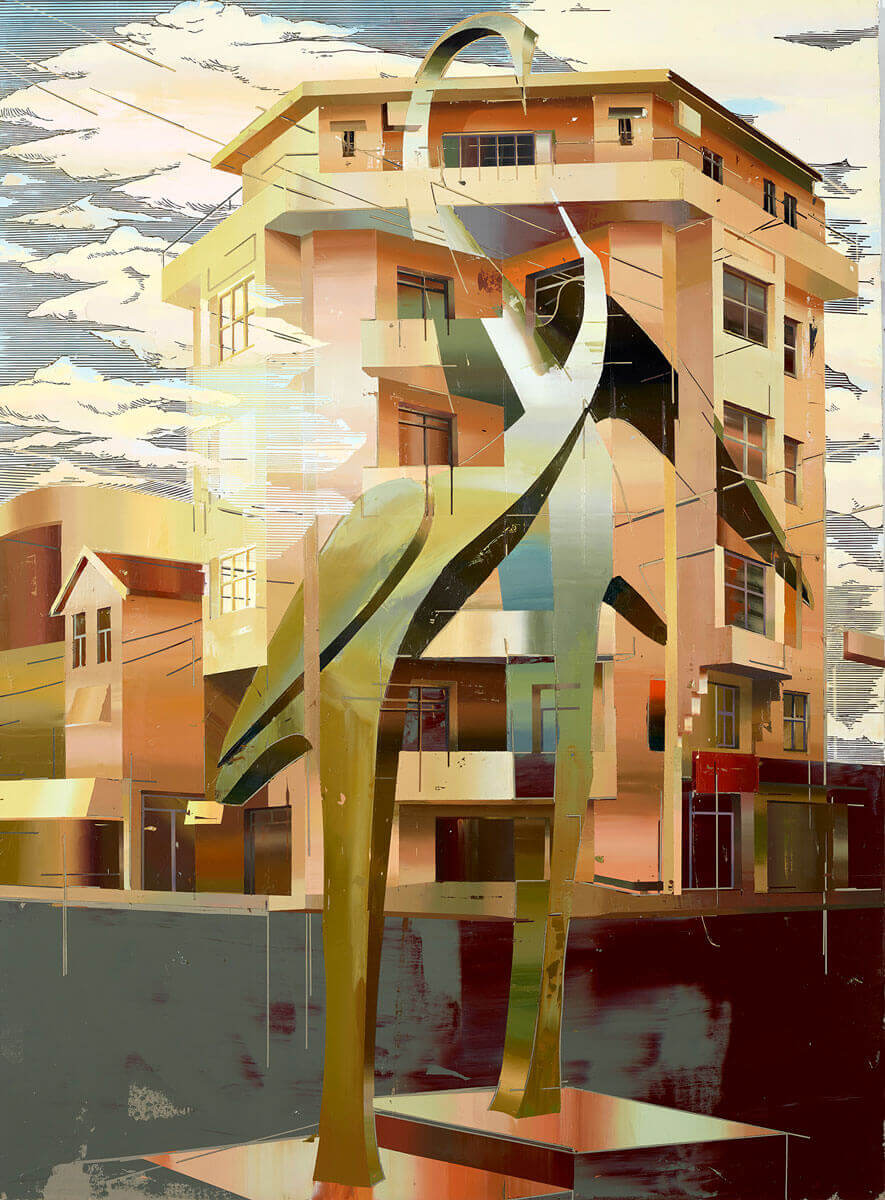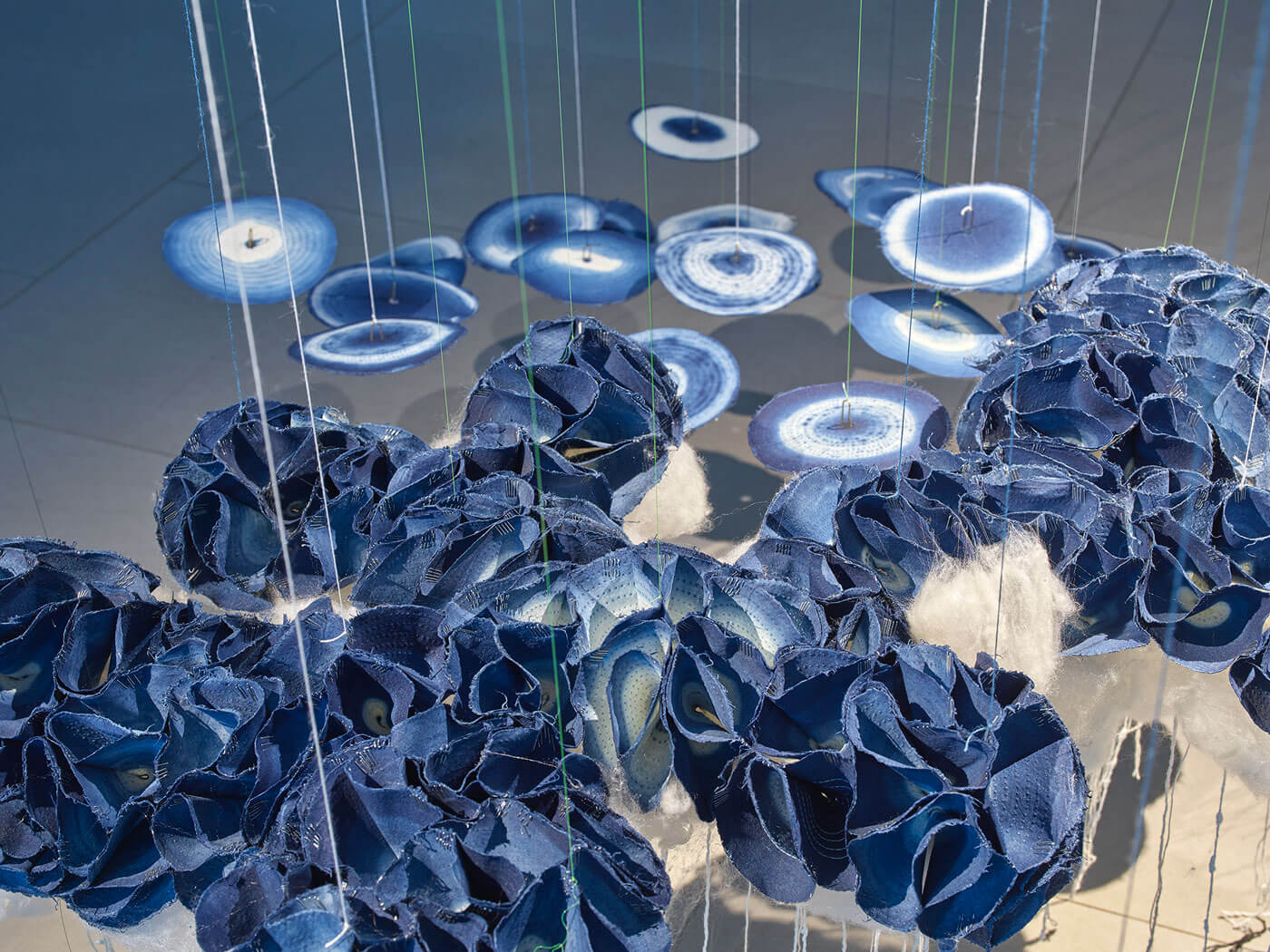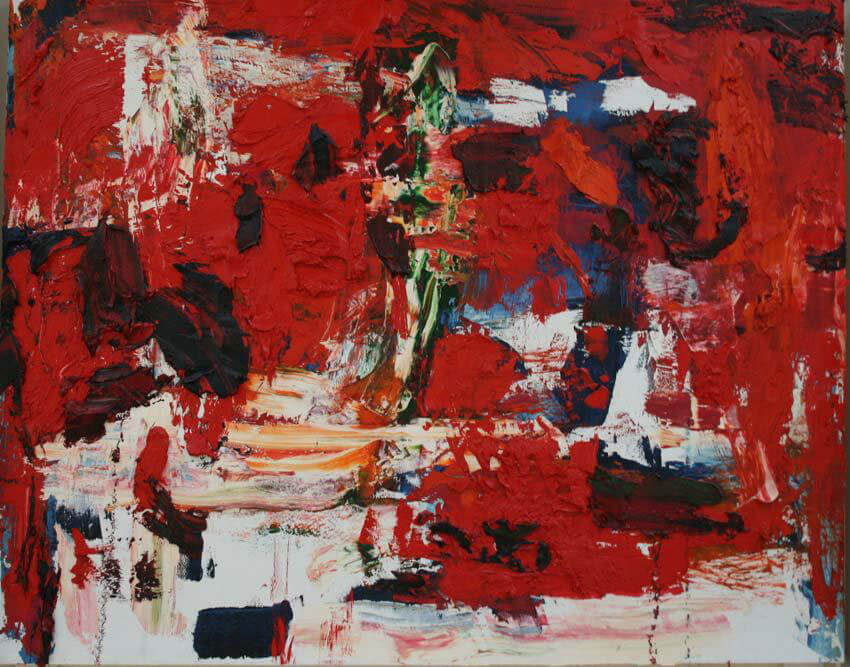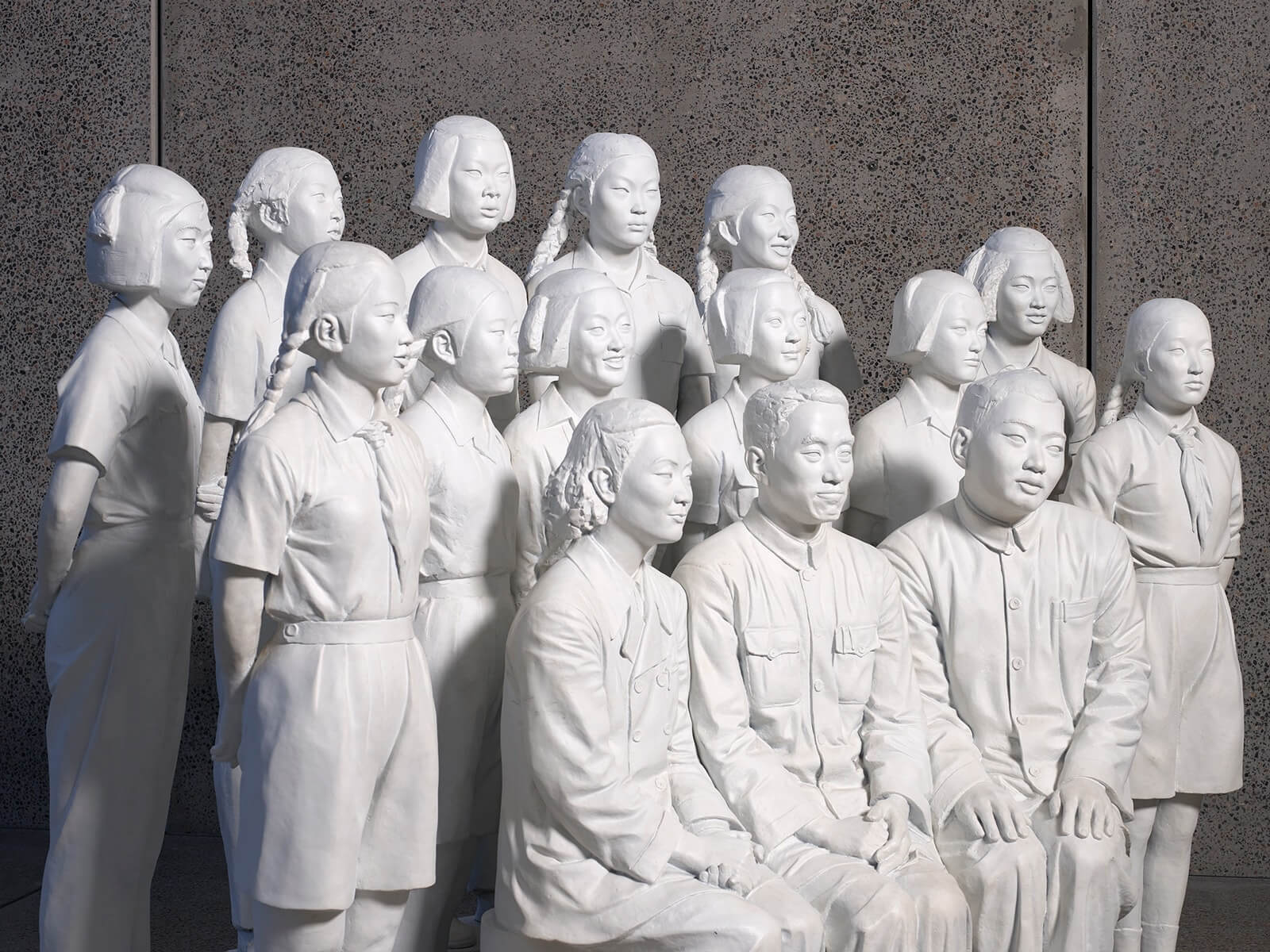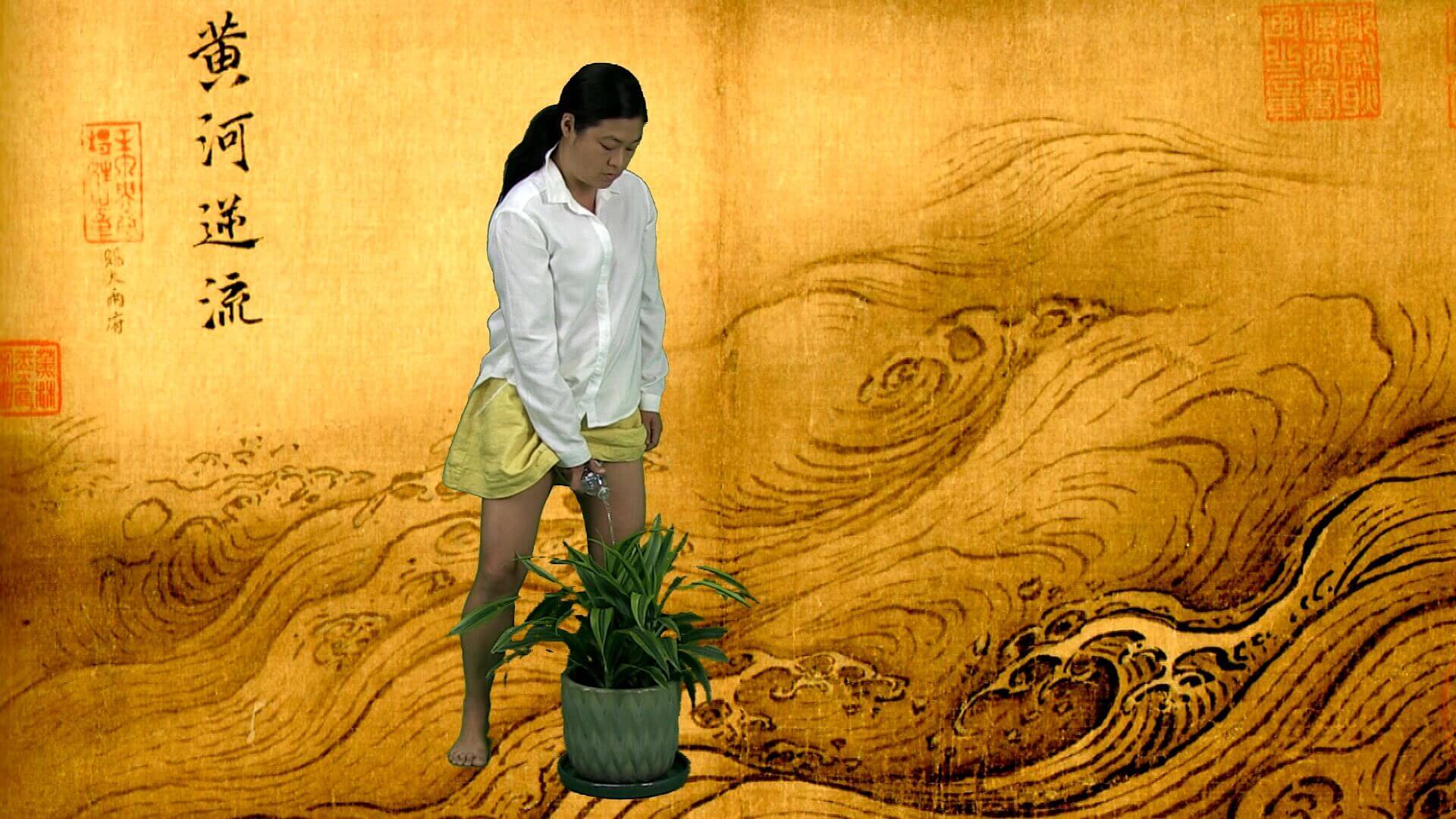Have Fun!
ARTISTS & WORKS /
Gu Wenda 谷文达 (also known as Wenda Gu)
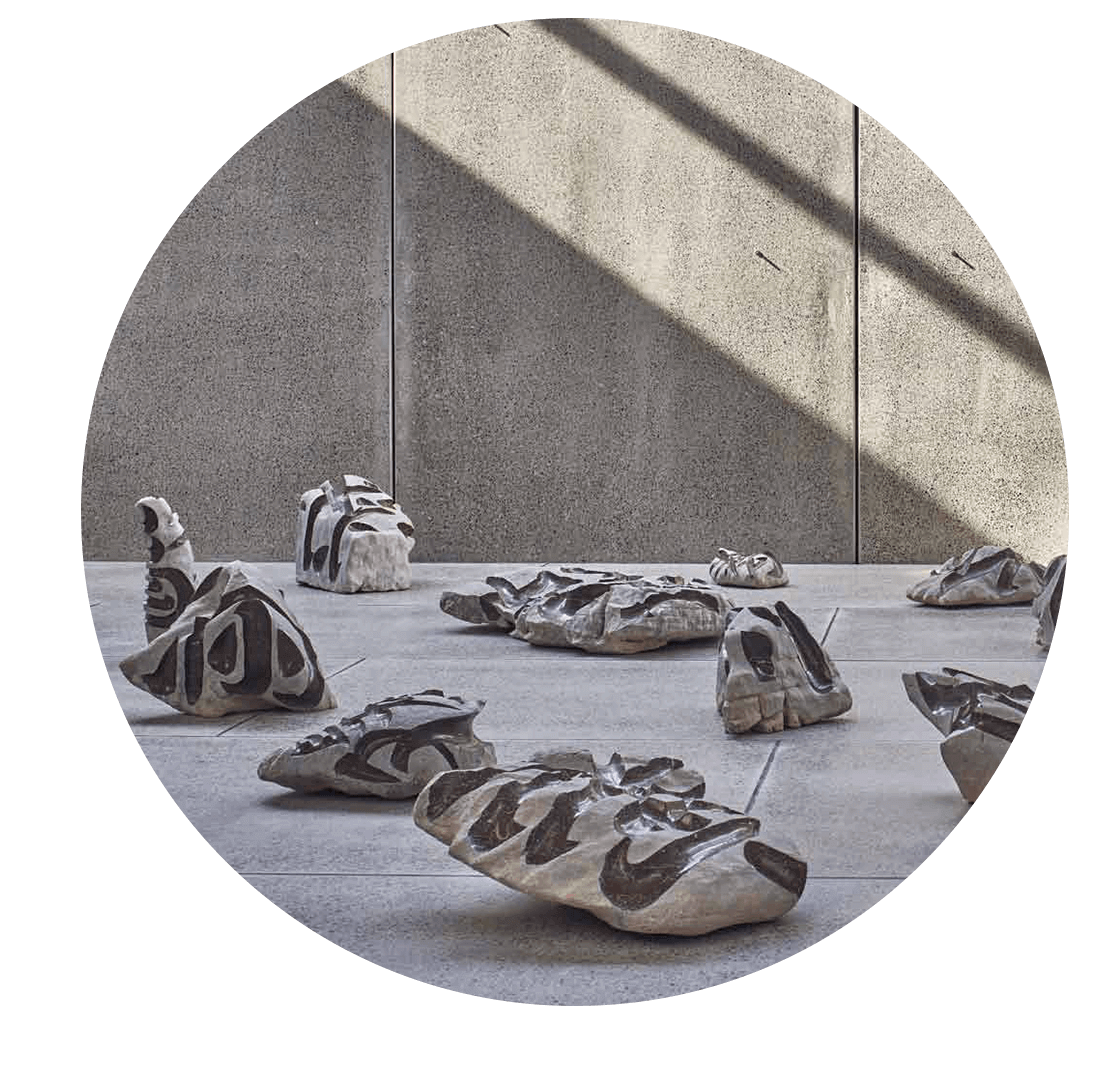
DOB: 1955
POB: Shanghai
Education: Shanghai College of Arts and Crafts, Zhejiang Academy of Fine Arts (MFA 1981)
Lives and works: New York (also maintains studio in Shanghai)
No. works in collection: 1
BRIEF BIO:
Gu Wenda (also known as Wenda Gu) was born in Shanghai in 1955 into a family of bankers who suffered during the Cultural Revolution –– his grandfather, a famous theatre director and playwright in the 1920s and 1930s, was sent into rural exile and died alone.
Gu studied at the Shanghai School of Arts and Crafts and in 1981 was awarded a Master’s degree from the Zhejiang Academy of Fine Arts (now the China Academy of Art) in Hangzhou, where he studied traditional Chinese painting under renowned master Lu Yanshao.
By the mid-1980s Gu Wenda was a leading figure in the new avant-garde, creating deliberately unreadable calligraphy in works considered so provocative that his first solo show in Xi’an in 1986 was closed down by the authorities. In 1987 he moved to North America, where he became a significant member of the Chinese diaspora.
He is known for large-scale installations focused on themes of language, culture and identity.
Gu’s work has been widely shown in significant solo and group exhibitions across China, the USA, the Asia Pacific, and Europe, among them ‘Ink Art: Past as Present in Contemporary China’, The Metropolitan Museum of Art, New York (2013); ‘Contemplating the Void: Interventions in the Guggenheim Museum Rotunda’, Solomon R. Guggenheim Museum, New York (2010); ‘Mahjong, Contemporary Chinese Art from the Sigg Collection’, Kunstmuseum Bern (2005); ‘RE: Duchamp’, 49th Venice Biennale, Venice (2001) and ‘China/Avant-garde’, National Art Museum, Beijing (1989).
Gu Wenda lives primarily in New York, while maintaining a studio in Shanghai.
ARTWORKS:
#1. Accession
Number: 2017.092
Title: Tian Xiang: Forest of Stone Steles (Sixth Series)
Date: 2017
Broad Medium: Installation
Specific Materials: Marble
Dimensions: variable (24 ‘ru’ rocks)
Description: Marble boulders from Shandong Province inscribed with hybrid Chinese characters relating to ancient 24-season solar calendar ‘Tian Xiang’
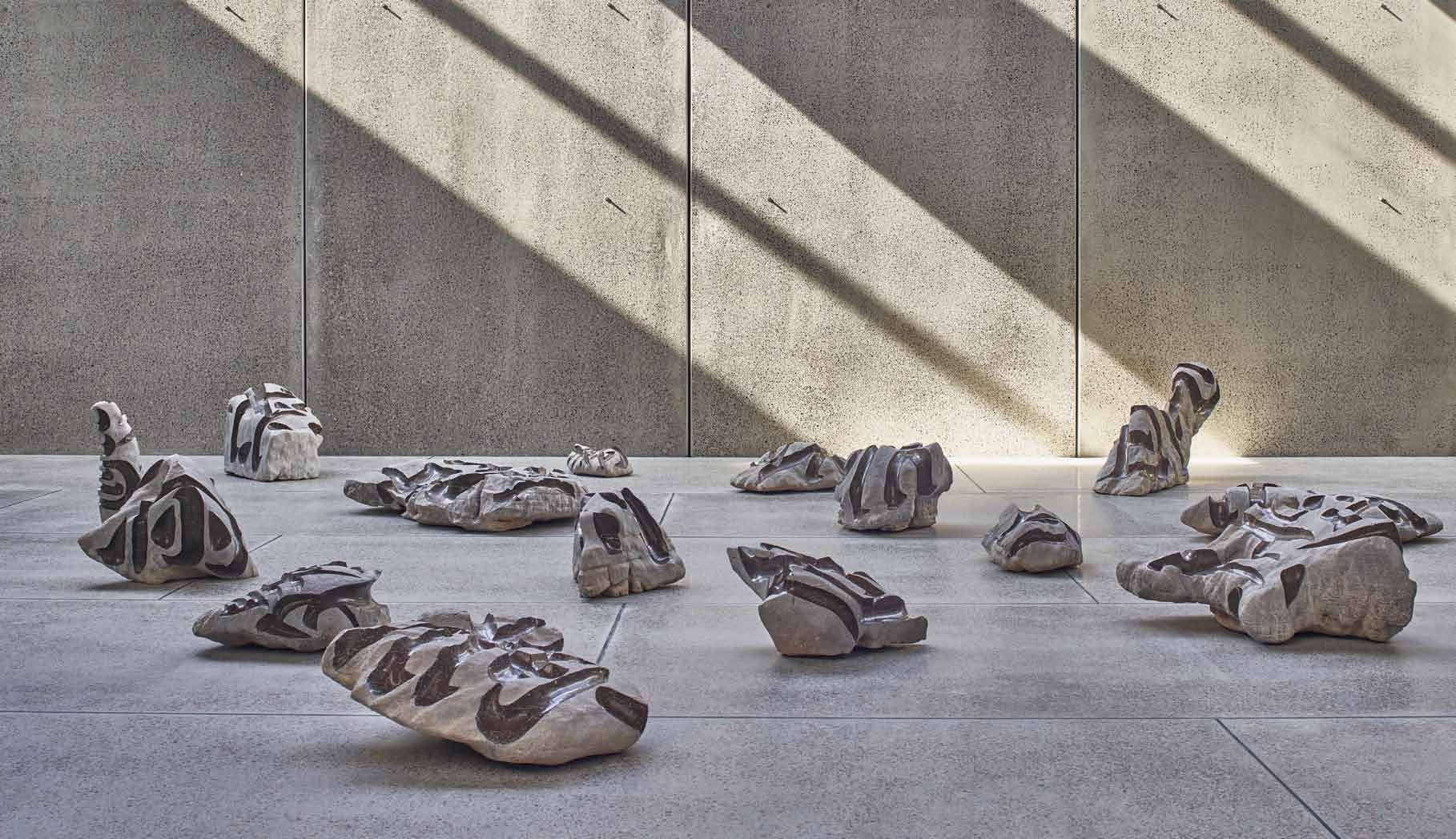
EXHIBITION HISTORY N/A
A work commissioned for the White Rabbit Collection, Tian Xiang: Forest of Stone Steles (Sixth Series) (2017) is an installation of twenty-four ‘ru stones’ representing the seasons of the ancient Chinese calendar.
Gu named the boulders, a kind of marble found near the birthplace of Confucius in Shandong Province, ‘ru’ rocks: the character ‘ru’ refers to Confucian scholarship.
They have been carved with unreadable, hybridised simplified characters that name the twenty-four ‘seasons’ of the solar calendar. The first, ‘Spring Begins’, is followed by ‘The Rains’ and ‘Insects Awaken’. The year ends with ‘Winter Solstice’, ‘Slight Cold’ and ‘Great Cold’.
Gu Wenda once again returns to ancient China to critically reflect upon our twenty-fist century distance from the rhythms of the natural world and its cycles of ploughing, planting, cultivation and harvesting. The rocks themselves, billions of years old and originating in the depths of the ocean, contain fossilised aquatic creatures.
Gu’s characters are ‘wrapped’ around each rock, so that they cannot be read from any single viewpoint. With the characters the only polished parts of the stone, they recall the stones placed outside parks in China, or intaglio seals from the distant imperial past, but they also evoke the ‘earthworks’ of the 1970s such as those by Michael Heizer, Walter de Maria or Robert Smithson.
MORE COLLECTION HIGHLIGHTS & NEW ACQUISITIONS
Lorem ipsum dolor sit amet, consectetur adipiscing elit. Quisque non augue et ante elementum finibus. Phasellus non cursus nunc. Mauris quam sem, fermentum quis imperdiet sit amet, mollis vitae lorem.

Explore highlights and new acquisitions
SUBSCRIBE
Get access to all our latest news by subscribe here.



